Smoke from the wildfires made its way to the other side of the country and over the ocean. Using data from NOAA, Reuters animated the smoke clouds over time:
With climate change expected to exacerbate fires in the future, by worsening droughts and warming surface ocean temperatures, wildfire research is becoming especially important. Over the last year, the world has seen record fires in Australia, Brazil, Argentina, Siberia and now the U.S. West.
“I’m concerned that we are starting to see these phenomena more often … everywhere in the world,” Gassó said. “If it’s one year like this, it’s fine, as long as it doesn’t keep repeating itself like this.”
Uh oh.

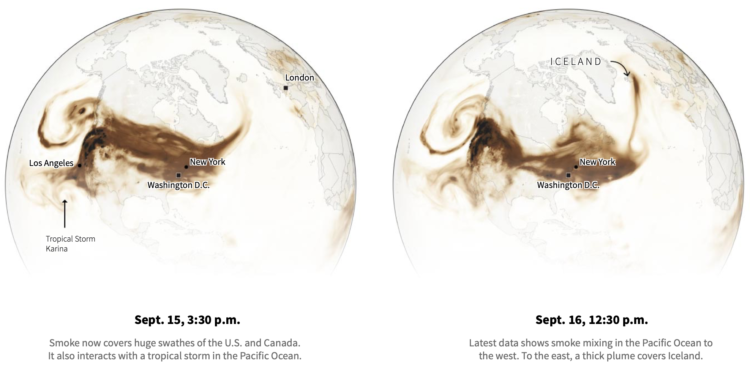
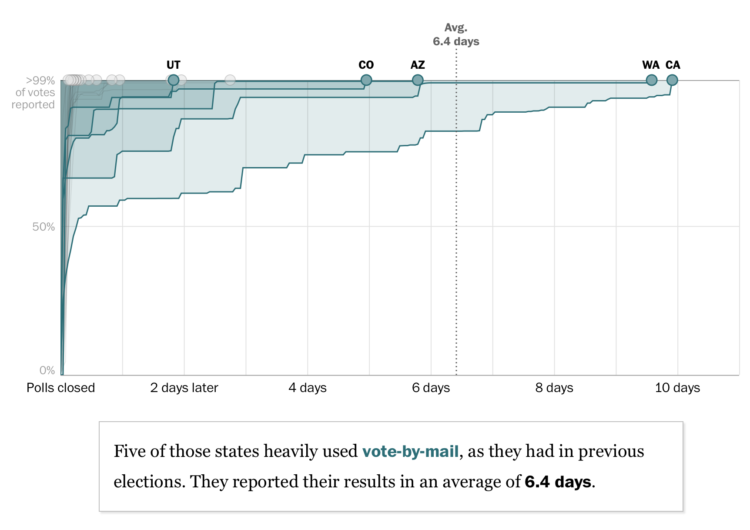






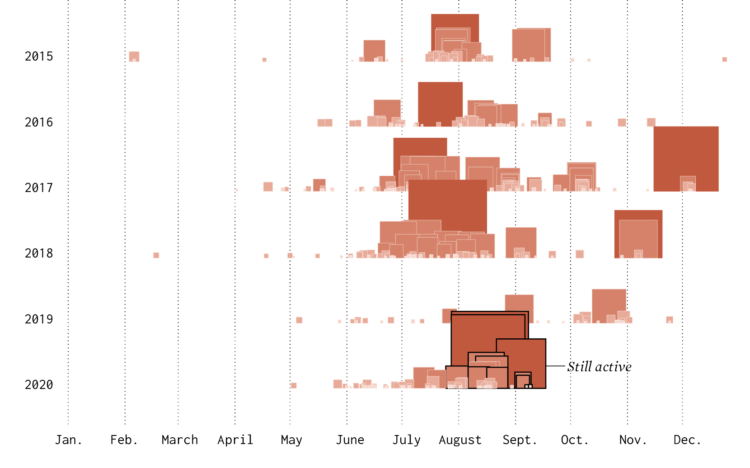
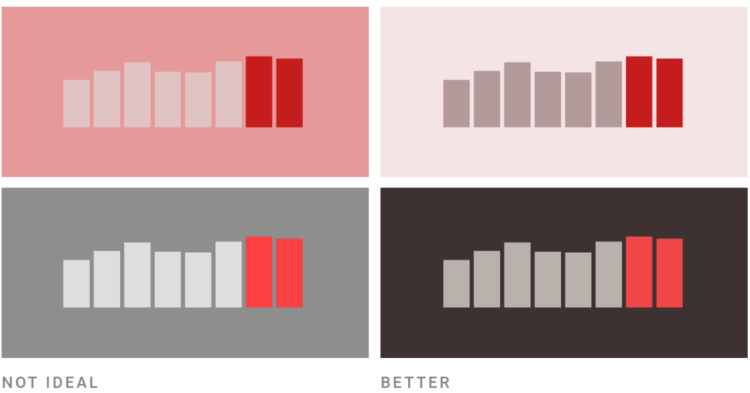


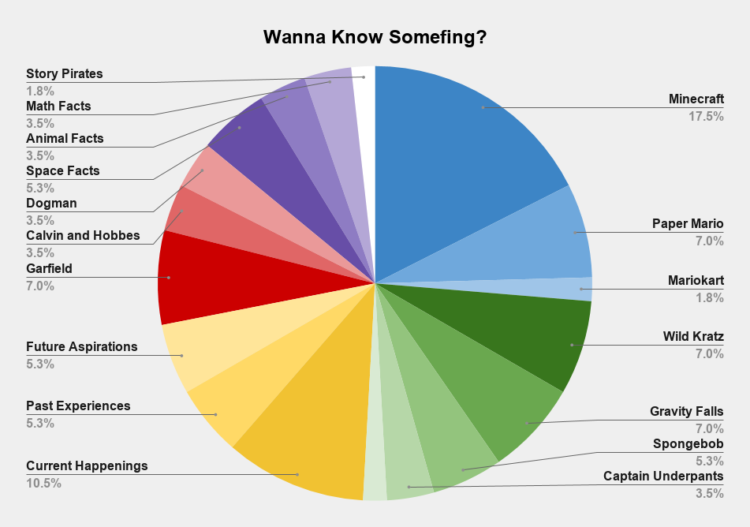
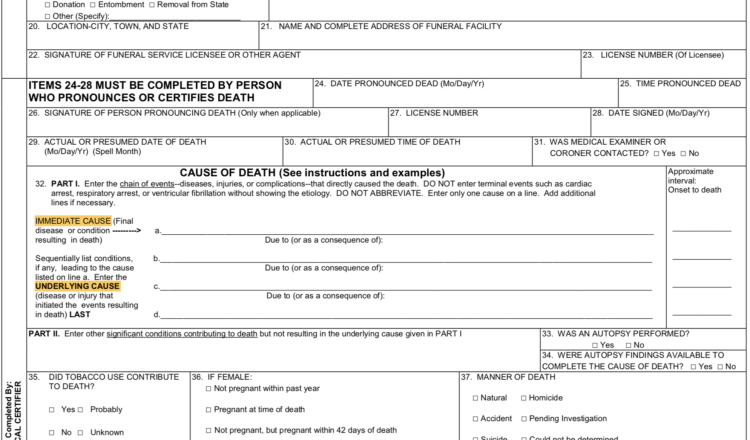
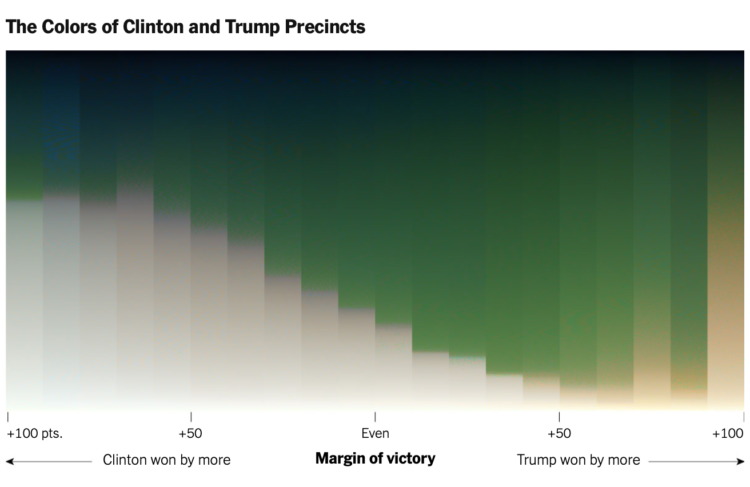
 Visualize This: The FlowingData Guide to Design, Visualization, and Statistics (2nd Edition)
Visualize This: The FlowingData Guide to Design, Visualization, and Statistics (2nd Edition)










